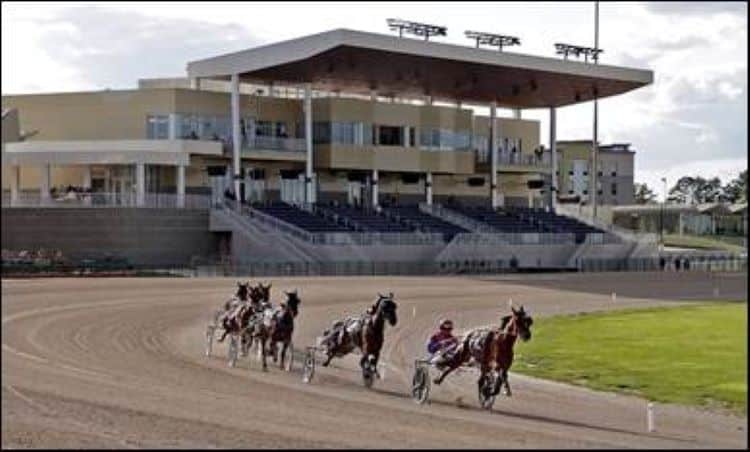When casino gambling became legal in Ohio in 2009, it was estimated that the city of Cleveland, home of JACK Cleveland Casino, would get up to $29 million per year, according to a report by Signal Cleveland.
Fast forward nearly 15 years, and the reality is that the city gets about one-third of that amount annually. And some of those most hoping to benefit — small businesses or nonprofits — must spend precious time begging for and then chasing the funds, making the whole endeavor seem like a bait-and-switch.
In Ohio, 5% of the state’s revenue from its 33% tax on casinos is earmarked for local distribution. Much of it goes to funding the everyday costs of running a city or other city projects, but in Cleveland, a small percentage is set aside annually for local businesses. Casino funds for local use flow through the Cleveland City Council. Over the last decade, according to Signal Cleveland, council members have gotten around $100,000 each per year to allocate.
Actually getting that money to local businesses is a challenge. City council members must file — and pass — bills allocating the money, and then there is a labyrinth process of paperwork before funds are actually distributed. One neighborhood business told Signal Cleveland that it’s been a year since $25,000 was approved for use, but it still doesn’t have the money.
“This is not a functional way to get money to grassroots organizations,” Councilwoman Rebecca Maurer told Signal Cleveland. “What this has caused is such a strenuous process that the money is functionally unusable.”
Sports betting could boost revenue
The amount of money available to local municipalities could rise in 2023, since legal sports betting went live in the state Jan. 1. The state’s casinos have added retail sportsbooks, and after doing so to help bring more people in the doors, they just had their best January month of slots and table games revenue ever.
An American Gaming Association fact sheet explains that in addition to earmarking 5% of casino tax revenue for “host cities,” Ohio directs 51% to the state’s 88 counties “in proportion to their populations,” and 34% to counties based on the size of their public-school populations.
In multiple wards around Cleveland, money has been allocated to small businesses and organizations involved in pet care or control. But even groups awarded relatively small amounts of money — $25,000 or less — are finding they need to come up with alternative ways to raise funds while waiting for the casino money to hit their bank accounts.
“We can’t count on this,” Debbie Gulyas told Signal Cleveland. Gulyas runs Waterloo Alley Cat Project, which spays, neuters, and cares for stray cats. “I was so excited. I thought if the city could help us, even $5,000 would be a huge deal to us and take some of the burden off. I can see that it’s much more complicated than that.”
Photo: Courtesy of JACK Entertainment










